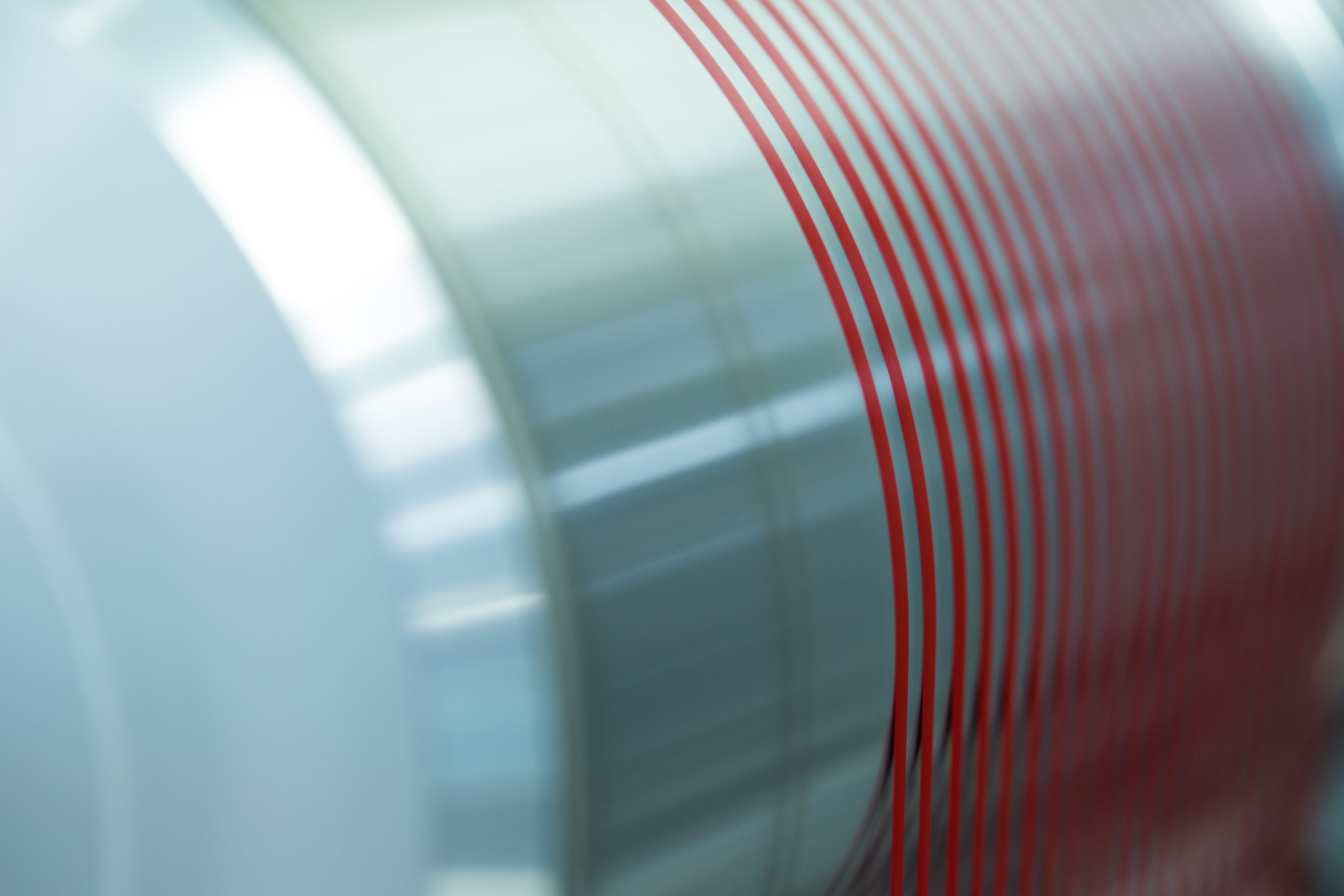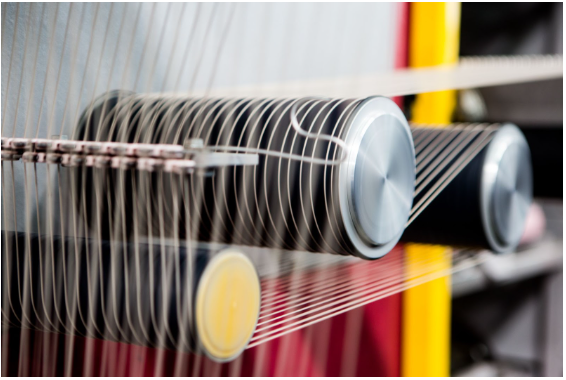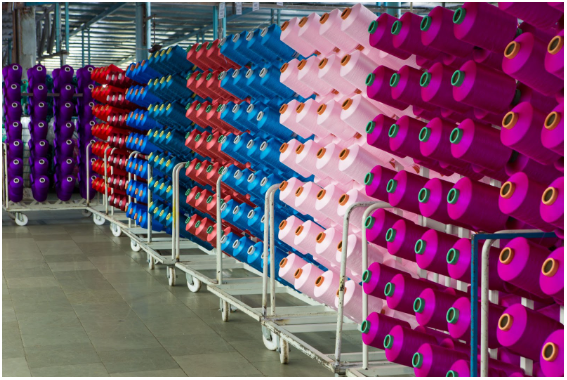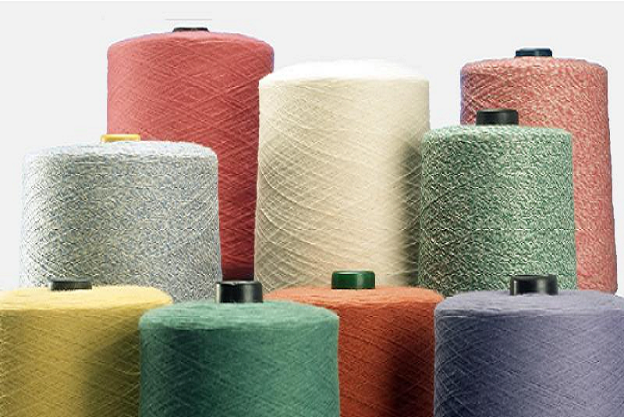In the realm of textile manufacturing yarn, the debate between BCF yarn and regular filament yarns such as polyester yarn, polyester spun, and polyester textured yarn is both longstanding and significant. The choice between these yarn types directly impacts the tactile qualities, durability, and application potential of the final products. Among the myriad of options, polyester yarn stands out for its versatility and cost-effectiveness, making it a staple in both clothing and home furnishing industries. Innovations such as BCF yarns, including notable varieties like Sorenyl™ and Rezilla® from AYM Syntex, further diversify the selection, offering enhanced performance characteristics that cater to specific needs.
The discussion will extend to the fundamental differences in their manufacturing processes, physical properties, and typical applications. By comparing aspects such as the texture of polyester textured yarn and the durability of polyester spun yarn against the unique attributes of BCF yarn, readers will gain a comprehensive understanding of which yarn type may best suit their specific requirements.
BCF Yarn Explained
Bulk Continuous Filament (BCF) yarn is primarily composed of synthetic materials such as polyester, nylon, or polypropylene. The production process involves extruding molten polymer through spinnerets to create long, continuous strands. These filaments are then cooled, solidified, and twisted to form durable BCF yarn. Innovations in this field have led to the development of specialized BCF yarns like Sorenyl™ and Rezilla® from AYM Syntex, which are manufactured for specific applications and feature enhancements such as tri-color capabilities and integration of recycled materials.
BCF yarn’s robustness makes it ideal for high-traffic areas, particularly in carpet manufacturing, upholstery, and industrial fabrics. However, the lack of elasticity compared to other yarn types might limit its use in applications where flexibility is crucial. Additionally, while BCF yarn offers higher luster and allows for intricate multi-colored designs, it is generally more expensive than polyester staple yarns, potentially influencing budget considerations in large-scale projects.
Regular Filament Yarns Explained
Regular filament yarns are characterized by their smooth, silk-like texture, which is derived directly from the spinneret during the manufacturing process. These yarns are known for their uniform diameter and consistent appearance, which contribute to the lustrous finish of the fabrics they produce. The raw materials, typically plastic chips, are extruded through a spinneret device, akin to a showerhead, allowing for the creation of continuous filament fibers.
One of the primary advantages of filament yarns is their inherent strength and durability, which make them ideal for applications requiring resilience, such as in industrial textiles and durable clothing. The smooth surface and sheen of these yarns lend a luxurious feel to the fabrics, making them suitable for high-end products. However, they possess limited comfort for certain applications like sportswear, due to their lower breathability and moisture absorption absorption. Additionally, the production costs for synthetic filaments can be high, which may impact the overall cost-effectiveness of the yarn.
Conclusion
Throughout this article, we have delved into the intricacies of BCF and regular filament yarns, delineating the distinctive characteristics, applications, and advantages each type brings to various textiles. Particularly, we have highlighted specialized BCF yarns such as Sorenyl™ and Rezilla® from AYM Syntex, which epitomize advancements in the yarn manufacturing field, boasting features tailored for specific applications.
Also Read : Recycled Polyester Yarn vc BCF Polyester Yarn – What’s the difference?
These innovations not only enrich the tapestry of choices available to manufacturers and designers but also signify the forward march of technology in fabric production, offering nuanced solutions to age-old textile challenges. In reflecting on the discussions presented, it becomes evident how the nuanced differences between BCF yarns like Sorenyl™ and Rezilla® and their regular filament counterparts profoundly impact the durability, appearance, and application potential of textiles.




